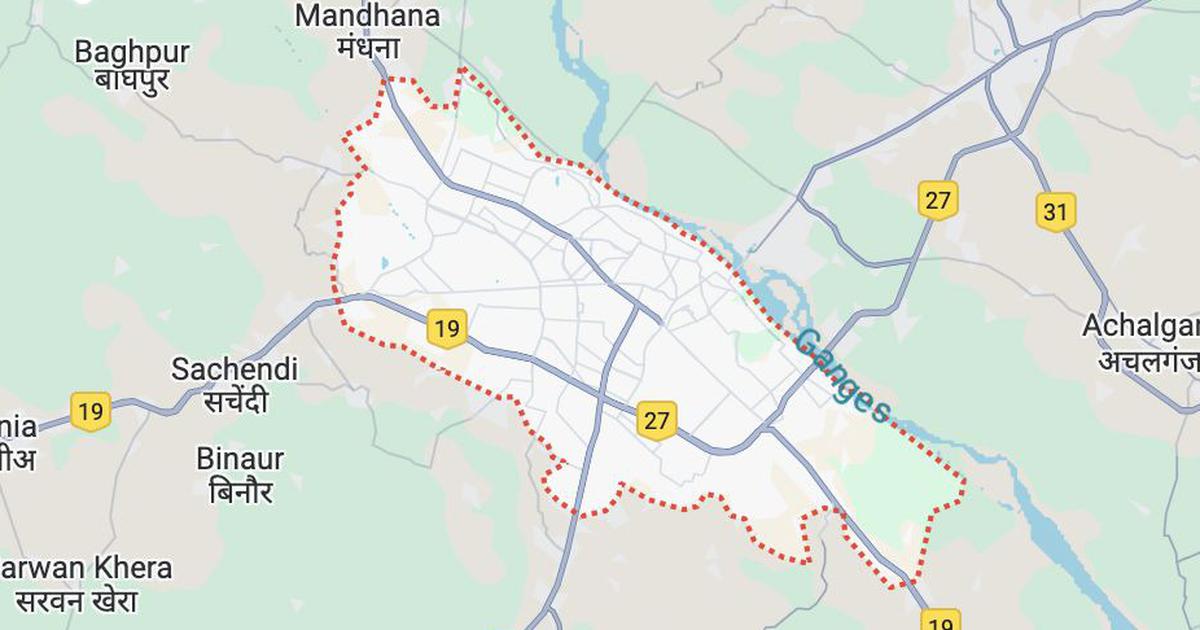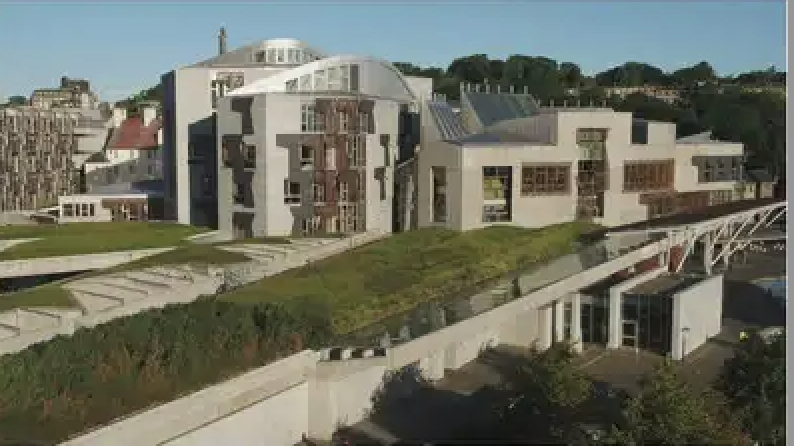In the aggressive quest for electoral gains using the trump card of religion, there ought to be a quiet realisation that masjids are central to the religious lives of Muslims

Prime Minister Narendra Modi’s frequent attempts to allude to the Ram Mandir in the ongoing election campaign as his major achievement indicates the Bharatiya Janata Party’s desire to seek electoral benefits from the subject. Seen in the wider context of the ongoing survey of the Gyanvapi Mosque in Varanasi and claims over the Shahi Idgah Masjid in Mathura, it is apparent that the mandir-masjid conflict may enter a new era in the post-2024 election period.
In June 2022, in the wake of the Gyanvapi controversy, Rashtriya Swayamsevak Sangh chief Mohan Bhagwat made an appeal in Nagpur — that the present generations of Muslims should not be held responsible for the wrongs committed in history by Muslim rulers. “Why look for Shiv linga in every Masjid,” Bhagwat asked. It was a sensible statement but nothing substantive has followed since then.
Instead, the Uttar Pradesh Chief Minister, Yogi Adityanath, has remained most vocal with regard to Kashi and Mathura. In a speech in the Uttar Pradesh Assembly in February 2024, while drawing parallel with the Mahabharat, he said, “Krishna asked for five villages, today’s Hindu society asks for three centres: Ayodhya, Kashi and Mathura.” He appealed to Indian Muslims to give up claim in Kashi and Mathura. During the Ayodhya movement of the 1980s and 1990s, there was a slogan ‘Ayodhya to Jhanki Hei, Kashi Mathura Baaki Hei’. It is now certain that the “Kashi Mathura Baaki Hei” part of that slogan has been politically activated.
This story was originally published in thehindu.com. Read the full story here.






